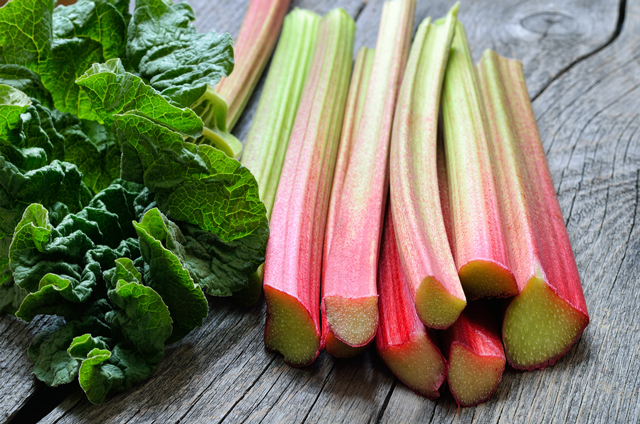
In the U.S., HE accounts for 22,931 hospitalizations annually with a total cost of $64,108 per case. In China, Traditional Chinese Medicine (TCM) is commonly used to treat chronic liver diseases such as HE and their complications.
For the study, the researchers analyzed a total of 2,661 patients with HE – 1,363 in the control group; 1,298 in the RCHF group – with an average age of 18 to 75 years. Most participants were male.
The authors evaluated mortality rate, clinical response rate, blood ammonia level, and alanine aminotransferase between RCHF group and control group.
Based on the current treatment of HE in China, the researchers planned the following comparisons:
- Comparing RCHF combined with conventional treatment (i.e., supportive treatment focusing on basic liver disease, antiviral therapy, and liver-protecting treatment) with conventional treatment alone;
- Comparing RCHF with lactulose (one of the first-line agents for HE recommended by clinical guidelines); and
- Comparing RCHF with vinegar, which is broadly used in China to acidize the intestinal tract.
Compared with conventional treatment, lactulose, and vinegar, the researchers observed significant improvement in clinical response rate and significant reductions in levels of blood ammonia and alanine aminotransferase in the RCHF group.
Data suggested that the rhubarb formula can protect the gut barrier by decreasing intestinal permeability, and can inhibit bacterial translocation of the gut at the early stage of sepsis (complication).
The authors reviewed one study which showed that RCHF could regulate gut flora and inhibit the intestinal inflammatory response in experimental rats with severe acute pancreatitis.
Another study revealed that RCHF could decrease the level of lipopolysaccharide in patients with chronic severe hepatitis B.
This study's findings confirmed that RCHF is used most frequently to treat HE, and may be an effective alternative remedy. Rhubarb can be used alone or combined with other Chinese herbs and administered rectally.
Other medicinal benefits of rhubarb
Chinese rhubarb, or da huang, has been used extensively in traditional Chinese medicine for treating, preventing and reversing the symptoms of various health conditions such as fever, headaches, toothaches, ulcers and certain liver problems.
Rhubarb has also been known to treat and relieve stomach problems such as chronic constipation, diarrhea, and bloating, as well as kidney stones and gout. The stalks and root have laxative properties due to the presence of organic compounds called anthraquinone glycosides. In addition, rhubarb stalks are a good source of insoluble fiber which improves overall digestion by adding bulk to your stool.
Make a homemade remedy for constipation with rhubarb stalks (cooked) mixed with filtered water, sugar, chia seeds (preferably pre-soaked), then blend together. Serve it immediately with your favorite breakfast cereal. (Related: How Rhubarb Will Boost Your Health and 3 Tasty Rhubarb Recipes.)
The insoluble fiber in rhubarb stalks has also been shown to lower levels of bad cholesterol (LDL-cholesterol), which may prevent coronary heart disease and other related problems.
Rhubarb stems contain polyphenols such as anthocyanins that are said to have anti-cancer properties. Preliminary scientific evidence suggests that anthraquinones have antiproliferative effects against human pancreatic cancer cell lines, possibly due to their ability to induce apoptosis of pancreatic cancer cells.
Learn more about the various plants used in Traditional Chinese Medicine at ChineseMedicine.news.
Sources include:
Please contact us for more information.























